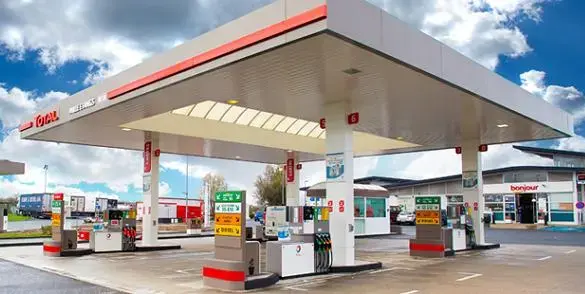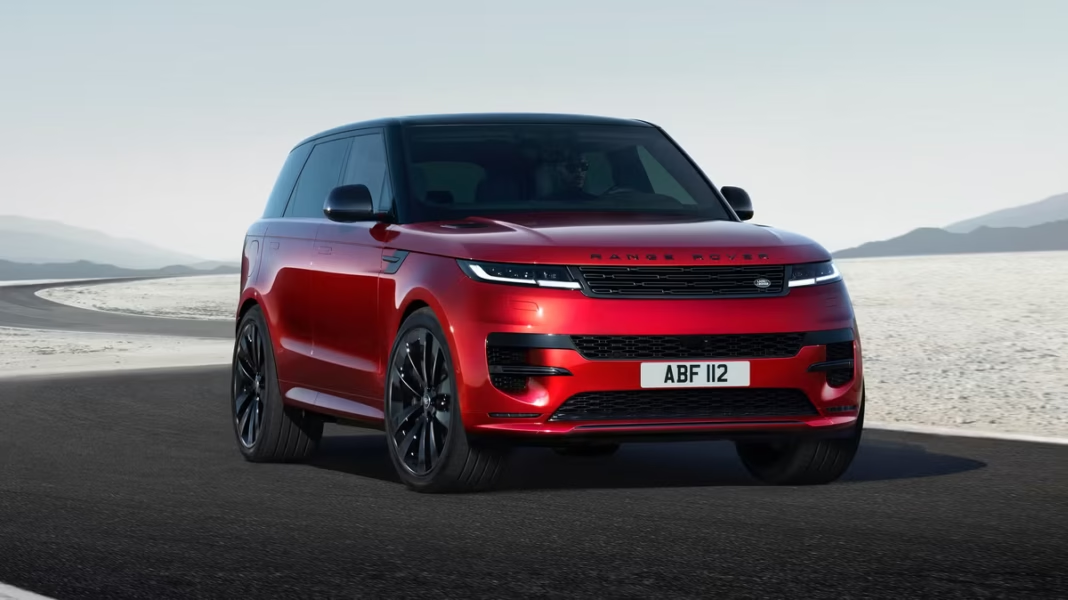As urban centers expand in Africa and environmental pressures mount, the continent is being called upon to decide the future of its mobility systems. Traditionally dominated by petrol-powered cars, African roads are now beginning to see a slow but significant shift towards alternative energy vehicles, namely hybrids and electric vehicles (EVs). But which of these options is best suited to the continent’s unique social, economic, and infrastructural realities?
While developed countries race toward electrification, Africa’s automotive evolution is shaped by different constraints and opportunities. These include inconsistent electricity supply, affordability concerns, fuel import dependencies, and a growing environmental consciousness. Understanding which type of vehicle, petrol, hybrid, or electric is best equipped to meet these challenges isn’t just an academic exercise. It’s a crucial question with long-term implications for development, sustainability, and energy independence.
The Petrol Stronghold
Petrol-powered vehicles have long ruled Africa’s roads. Their dominance can be attributed to both legacy and logistics. Fuel stations are widespread across urban and semi-urban areas, making petrol vehicles the most accessible and convenient option for decades. Repair and maintenance knowledge is also widespread; mechanics in every city and town know how to fix a combustion engine. This has made petrol vehicles especially practical in countries where technical training and access to specialized vehicle parts are limited.
However, the cost of maintaining this petrol-powered ecosystem is significant. Many African nations rely heavily on fuel imports, exposing their economies to global price fluctuations. According to Le Monde, Ethiopia’s fuel imports reached a staggering €6 billion by 2023. This strain on foreign currency reserves only intensifies when oil prices spike. In addition, the environmental consequences of relying on petrol vehicles are becoming harder to ignore. African cities like Lagos, Accra, Nairobi, and Johannesburg are struggling with smog and poor air quality, largely due to emissions from aging petrol cars.

The Hybrid Middle Ground
Hybrids are vehicles powered by a combination of a petrol engine and an electric motor offer a compelling middle ground. They consume less fuel than conventional cars and emit fewer greenhouse gases. More importantly for Africa, they don’t rely on a charging infrastructure to function. This makes hybrids a particularly smart transitional technology, especially in countries where the power grid is unreliable or non-existent in rural regions.
South Africa has seen growing interest in hybrids, with government incentives encouraging early adoption. Tax breaks and reduced import duties have made these vehicles more accessible to middle-income buyers. Hybrids also come with fewer moving parts than traditional petrol cars, meaning lower maintenance over time. But they do require a new type of automotive expertise thus technicians trained in dual powertrain systems. Without an upskilled workforce, these advantages risk being undermined by high repair costs or unreliable service.
The Electric Future?
Electric vehicles are often heralded as the inevitable future of global transportation, and there’s no denying their long-term benefits. With zero tailpipe emissions and the potential to tap into Africa’s abundant solar and wind energy resources, EVs represent the most sustainable option on the table. Several countries have already started preparing for this future. Kenya has launched a National Electric Mobility Policy targeting 5% EV adoption by 2030, while Rwanda offers reduced import taxes on electric motorcycles and cars.
But transitioning to EVs is far from straightforward. Infrastructure remains the most significant obstacle. Outside of a few capital cities, charging stations are rare. Even in cities, electricity grids often suffer from load shedding or blackouts, as seen in countries like Ghana, Nigeria and South Africa. These conditions make it risky to rely entirely on electric vehicles, particularly for commercial use.
Ethiopia offers a powerful case study in the challenges of going electric too quickly. The government recently announced a ban on the import of gasoline and diesel vehicles to accelerate the shift to electric. Yet this move, while bold, has faced logistical hurdles. As AP News reported, many buyers found themselves unable to charge their new EVs reliably due to unstable power supplies. The absence of trained EV mechanics further complicated the transition.
Despite these setbacks, there’s undeniable hope. Homegrown startups like Kenya’s Roam and Uganda’s Kiira Motors are producing electric motorcycles and buses tailored for local conditions. These innovations suggest that Africa’s EV revolution may not come from importing Tesla-style luxury cars, but from bottom-up solutions created within the continent itself.

Verdict
I believe one size doesn’t fit all. There’s no single winner in the petrol vs. hybrid vs. electric debate across Africa. The ideal vehicle type depends heavily on national contexts. In areas with reliable power and strong environmental policies, such as parts of Kenya or Morocco, EVs are clearly the direction of travel. Where electricity is scarce or grid reliability is a concern, hybrids present a more feasible stepping stone. And in countries with limited financial capacity and infrastructure, petrol cars, especially efficient models, remain the pragmatic choice for now.
What’s clear is that Africa needs a tailored approach. Regional cooperation, investment in local assembly plants, training for technicians, and renewable energy development will all be crucial. The end goal should not just be more vehicles, but smarter, cleaner, and more sustainable mobility.




